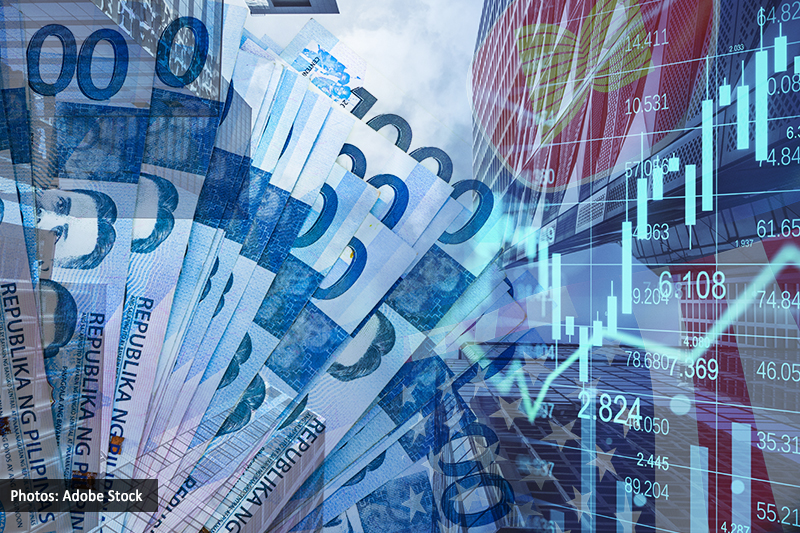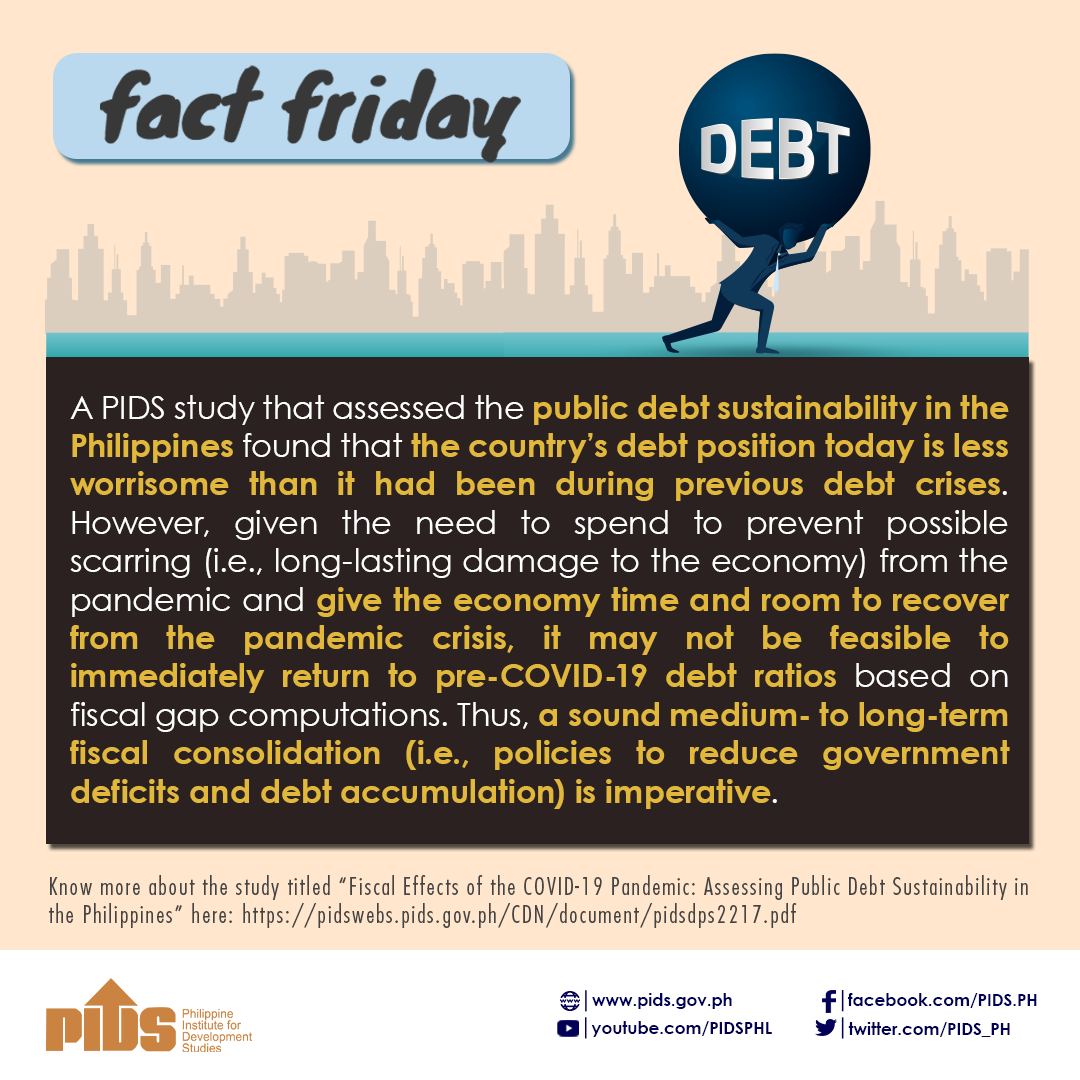THE national government's debt servicing was reduced in April 2022 compared to payments made a year earlier due to lower amortization expenses, data issued by the Bureau of the Treasury showed.
In April this year, debt payments totaled P42.97 billion, down 33.15 percent from P64.28 billion in April of 2021. Interest payments grew 56.61 percent to P37.30 billion, accounting for 86.80 percent of total servicing.
Domestic interest payments increased by 70.60 percent to P29.85 billion in April 2022 from P17.5 billion a year ago, while external interest payments saw an uptick of 17.85 percent to P7.44 billion from P6.31 billion.
Amortization expenditures decreased by 85.98 percent year on year from P40.46 billion to P5.67 billion. Because no domestic payments were made in April, the total represents simply the external amortization. External amortization was P2.30 billion a year earlier.
In the first four months of 2022, debt servicing was P356.62 billion, with interest payments of P186.63 billion and amortization of P169.99 billion.
In 2021, the government paid P1.20 trillion in debt repayments to creditors, up 35.1 percent from P926.46 billion in 2020. The national government has established a P1.29-trillion debt repayment budget for this year.
The national government's outstanding debt reached a new high of P12.76 trillion at the end of April, according to the Bureau of the Treasury.
The majority of the obligation was borrowed locally (70 percent), with the remaining 30 percent originating from elsewhere.
Domestic debt expanded by 0.8 percent to P8.93 trillion from P8.86 trillion at the end of March. External debts widened by 0.4 percent, to P3.82 trillion from P3.81 trillion.
State think-tank Philippine Institute for Development Studies (PIDS) has said the country's most recent debt spike appears to be less concerning than previous debt episodes.
The authors of the report published by PIDS, in collaboration with the Bangko Sentral ng Pilipinas, noted that the immediate effect of the Covid-19 pandemic on fiscal performance was a collapse of revenues due to a shrinking economy, an inevitable widening of the fiscal deficit as the revenue drop coincided with increased spending, and eventually a sharp accumulation of public debt.
They underlined that the national government debt-to-gross domestic product ratio increased from 39.6 percent in 2019 to 54.5 percent in 2020, and is presently at 60.5 percent in 2021.








